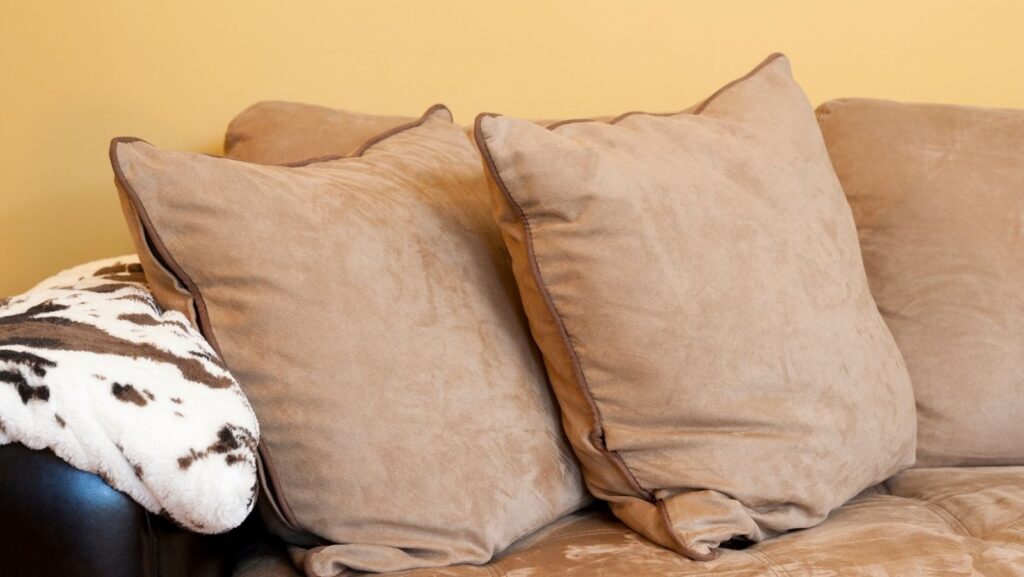
Couch cushions are usually made of a variety of materials, including foam, down, feathers, and fiberfill. Some couch cushions also have a layer of latex or another type of material for added support and comfort. The type of couch cushion you choose will depend on your personal preferences and the amount of use the couch will get. For example, if you plan on using the couch for napping or sleeping, you might want to choose a softer cushion. If you have pets or children who will be using the couch, you might want to choose a more durable cushion.
How to clean couch cushions
Couch cushions can be cleaned using a variety of methods, depending on the type of cushion and the materials used. For example, foam cushions can be spot cleaned using a mild detergent and warm water. Down and feather cushions can be fluffed to help maintain their shape. Fiberfill cushions can be vacuumed to remove dust and dirt. latex or Another types of materials may require different cleaning methods; be sure to check the care label for specific instructions. In general, it’s best to avoid getting couch cushions wet, as this can cause them to mildew or mold. If your cushions do get wet, be sure to dry them thoroughly before using them again.
How to protect couch cushions from spills and stains
One way to protect couch cushions from spills and stains is to use slipcovers. Slipcovers can be made of a variety of materials, including cotton, polyester, and nylon. They come in a variety of colors and patterns, so you can choose one that matches your decor. Slipcovers can be easily removed and machine washed, making them a convenient way to keep your couch cushions clean. Another option is to use throws or blankets over the cushions when you’re not using them. This will help protect them from dirt and spills. If you do spill something on your couch cushions, be sure to clean it up immediately to prevent staining.
How often should you replace couch cushions
Couch cushions should be replaced when they start to show signs of wear. This can include sagging, lumpiness, or tearing. It’s a good idea to have a few spare cushions on hand so you can switch them out as needed. Depending on how often the couch is used, you might need to replace the cushions every few months or so. You can also use cushions to change the look of your couch; for example, you might want to switch out the cushions for a new season or holiday.
What is the best way to store couch cushions when not in use
The best way to store couch cushions when not in use is to place them in a dry, cool, and dark place. This will help prevent them from mildewing or molding. You can also vacuum-seal the cushions to keep them fresh. If you’re using slipcovers, be sure to remove them before storing the cushions. When you’re ready to use the cushions again, be sure to fluff or shake them to restore their shape.
What to do if your couch cushion is sagging or lumpy
If your couch cushion is sagging or lumpy, you can try fluffing or shaking it to restore its shape. If this doesn’t work, you might need to replace the cushion. You can also try using a pillow insert or stuffing the cushion with new filling. If the cushion is too far gone, you might need to buy a new one.
Couch cushions are an important part of your couch, and they can make a big difference in the comfort and look of your furniture. Be sure to choose the right type of cushion for your needs and take care of them so they will last for years to come.












